You
had every intention of eating those bananas. They were green when you bought
them but now, they've browned beyond edible-banana recognition. It's time to
toss them in trash, you think—and you're anything but alone.
According
to the Environmental Protection Agency, about 50 percent of all food in the
U.S. is wasted, with 60 million tons of rotting produce clogging our landfills
each year. But before you open your trash can, take a look at this handy guide
to see if you can give those bananas—and several other gone-bad foods—a second
life.
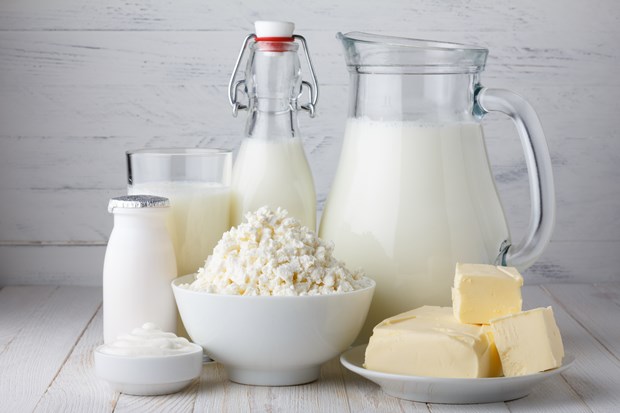
© Photo of Allergylicious
Dairy
Molded
hard cheese might not look appetizing, but beneath those hunks of blue and
black are edible bites of your favorite cheeses. "For hard cheeses, such
as cheddar and Parmesan, the mold won't penetrate into the cheese so it's
perfectly safe to cut around it," explains Samantha Cassetty, M.S., R.D.
Can't bring yourself to eat a cheese that's had mold on it? Then at least save
its rind. Too Good To Waste author Victoria Glass says cheese rinds "can
be used to add depth to soups and stews."
Eggs
can be eaten up to a whopping five weeks after their sell-by date, but if
you've reached week six without cracking them open, toss the innards and save
the shells.
"Egg
shells can be cleaned and used to serve an amuse-bouche, or can be broken up to
use as natural slug repellents," says Glass.
When
it comes to heavy creams and milk that have made it past their prime—as in,
they've got more solid chunks than liquid left—don't pour them down the drain
just yet. Sour milk can save your silver: Let your jewelry sit in it overnight.
The liquid will act as a polish, says Lindsey Janeiro, R.D.N., and owner of
Nutrition to Fit. As for heavy cream, Glass says it can be whipped into
mascarpone. "As long as it's not moldy, it's still good to go," she
says.
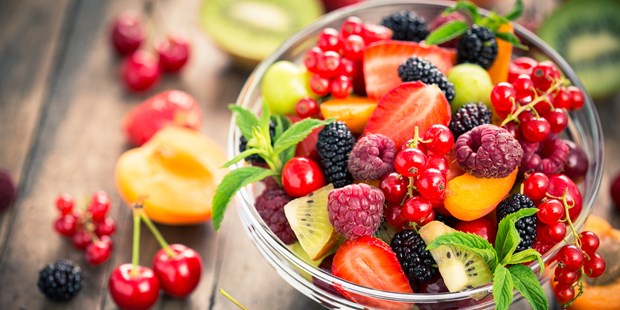
© Photo of Biosom
Fruit
For
apples and pears that have bruised, cut around the brown spots and mash what's
left, then add the puree to your morning oatmeal or use it as a fat substitute
in your favorite baked goods, suggests Janeiro. Here's how: Halve the amount of
fat, and replace the missing part with the fruit puree. For example, if a
recipe calls for one cup of oil, add a half cup of oil and a half cup of the
fruit puree. "This decreases fat, can decrease the need for as much added
sugar, and adds flavor," says Janeiro.
Brown
bananas should never be chucked in the trash. "They're terrific for baking
with," says Glass. "Banana bread is the obvious classic, but give
others a try, too." If baking's not your jam, peel the overripe bananas
and freeze them, wrapped in foil, suggests Cassetty. "They're a perfect
way to sweeten smoothies," she says. And the peels? They've got a
past-their-prime purpose, too. "Save the skins to clean the leaves of
house plants, or chop them up and scatter them around plants in your
garden," says Glass. "They are a natural aphid repellent."
Citrus
fruits—think: orange, lemons, and limes—that have seen better days should not
see the inside of a trash can yet. Cut them in half and stuff them into a
roasting chicken or turkey, suggests Janeiro. Or take those lemon halves, add a
pinch of salt, and use them to scrub your grill grates. "It's a great
trick," Janeiro says.
One
last use for citrus fruits, says Sun Basket executive chef Justine Kelly, is to
place the peels in a jar of distilled vinegar, allowing them to sit for several
weeks before straining and using your new, freshly-scented kitchen cleaner.
"The essential oils offset the sour smell," she says, "and give
the vinegar a little extra cleaning power."
Finally,
stone fruits—fruits such as apricots, peaches, and cherries that have pits—that
have gone bad still have a high sugar content, making them the perfect addition
to any sweetener. "Cut off any blemishes and cook the fruit with a little
sugar and lemon juice and you have a great filling for pies, crisps, and
cobblers," Kelly says.
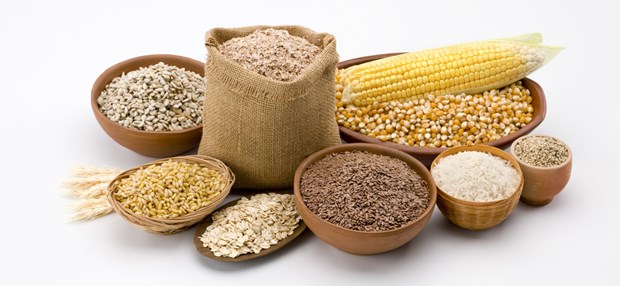
© Photo of Grains
Grains
A
baguette is a big piece of bread to waste. But if you haven't sliced it yet,
the entire loaf can be revived, says Glass. How so? Wrap it in foil with a
sprinkle of water, Glass instructs, then pop it in the oven for 10 minutes. It
will emerge refreshed and ready to serve alongside your prepared charcuterie
platter or as the base for bruschetta.
But
it's not just baguettes that can be saved—stale bread can get a second chance
as bread crumbs, says Cassetty. Pulse hunks of the loaf in a food processor,
"then use the crumbs to coat chicken or fish, to bind meatballs, and
more," Cassetty says.
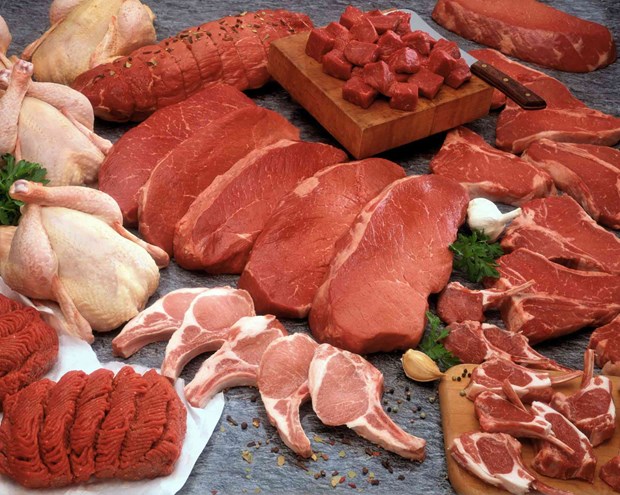
© Photo of Food Manufacture
Meat and fish
Do
not—we repeat—do not eat or use expired meat. But before you chuck the flesh in
the trash, set aside the bones inside your steaks, chick breasts, or fish
fillets. They can be added to homemade stocks, Glass says. You can also save
the meat's rendered fat. "It can make anything from toffee to deeply
savory popcorn," Glass says.
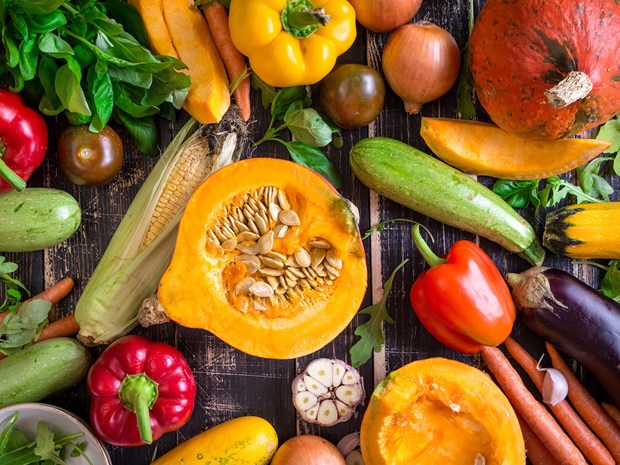
© Photo of Vegetables.co.nz
Vegetables
Oh,
onions. We use them in (almost) everything. But once they've gone bad, you have
to give them the boot—from your fork, that is. They still belong in your pots
and pans, says Kelly. An old onion can be used to season a wok or a grill. And
once you're done cooking, that onion half can clean a cast-iron pot with a
pinch of salt. Just "rinse the pan and compost the onion when you're
done," Kelly says.
When
potatoes are past their prime, they sprout eyes—not literal eyes—and are often
thrown away. But "potatoes have a longer shelf life than people think, and
are safe to eat as long as they haven't gone soft or too green," says
Glass. Once they do, put them in the ground, not the garbage. You may just get
a fresh crop next year.
Other
root vegetables, including carrots and celery, can be used for stock even if
they can't be used for a stir-fry. "Keep your vegetable trimmings—onion
ends, carrot butts, and herb stems—in a bag in the freezer, and when the bag is
full, you're ready to make a fresh batch," instructs Kelly. Some tired
herbs can also be revived with a quick dunk in an ice-cold water bath, Glass
says.
Lastly,
while you may not want to toss over-ripe tomatoes in your salad, you can still
safely eat them. "When my grape tomatoes have seen better days, I roast
them in the oven at 200 degrees until they get blistery," says Cassetty.
If the tomatoes are really rotten, however, Cassetty admits it's best to throw
them out.
Of
course, the best way to prevent food waste is to be proactive. "Plan
ahead, use what you have on hand, and learn to store food properly,"
instructs Kelly. Here's how: "Keep cooked foods and drinks on the top
shelf of the refrigerator, raw meat and fish needs to be kept colder and should
stay on the bottom shelf," she says. "Fruits and vegetables belong in
the crisper drawers. And leave the drawers slightly cracked if you can, to
allow the ethylene gas, which speeds ripening, to escape."
By Jillian
Kramer/ Food & Wine